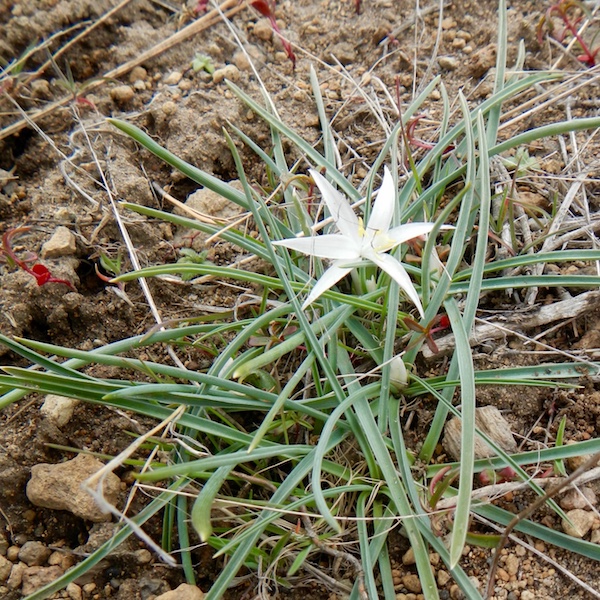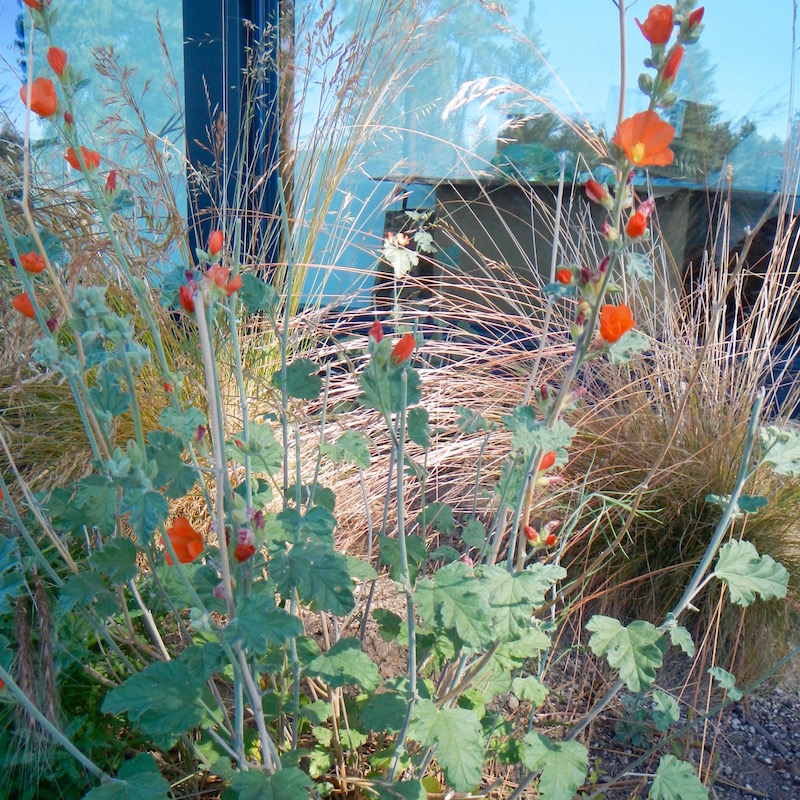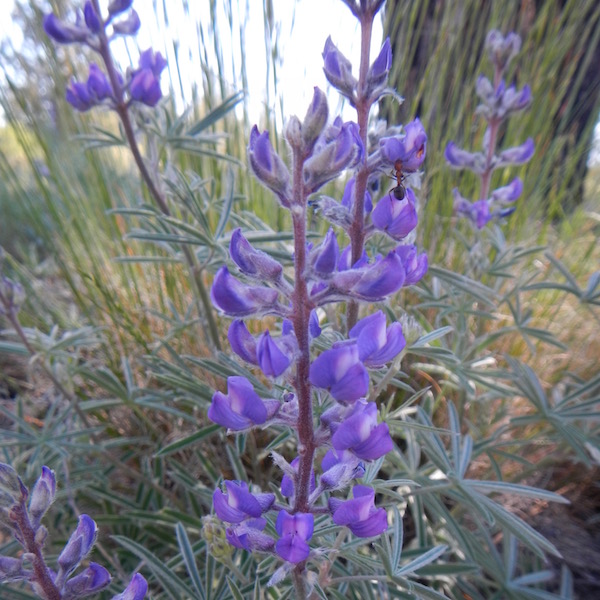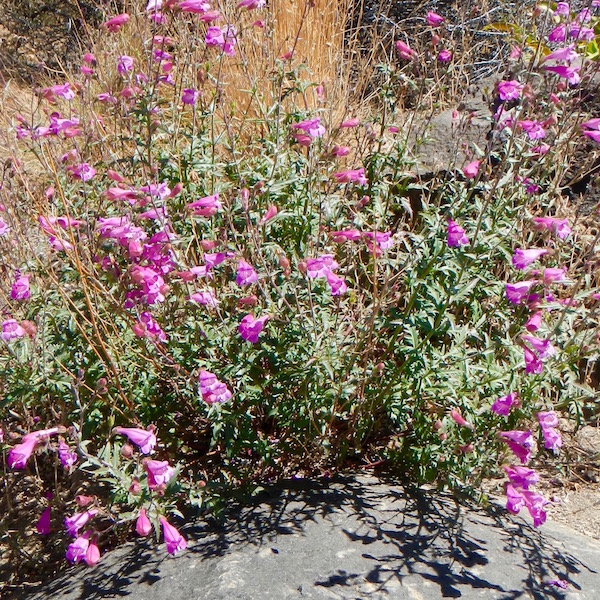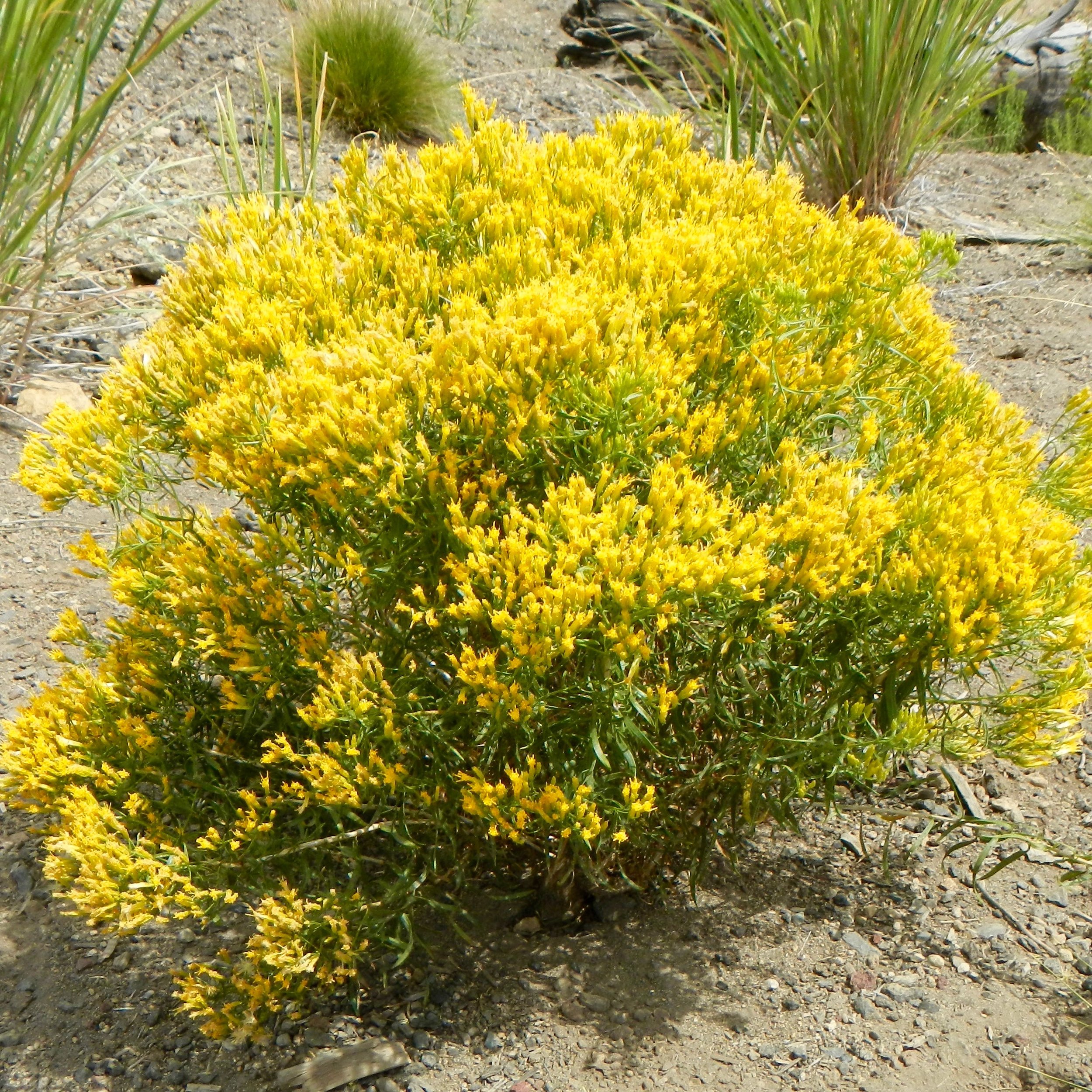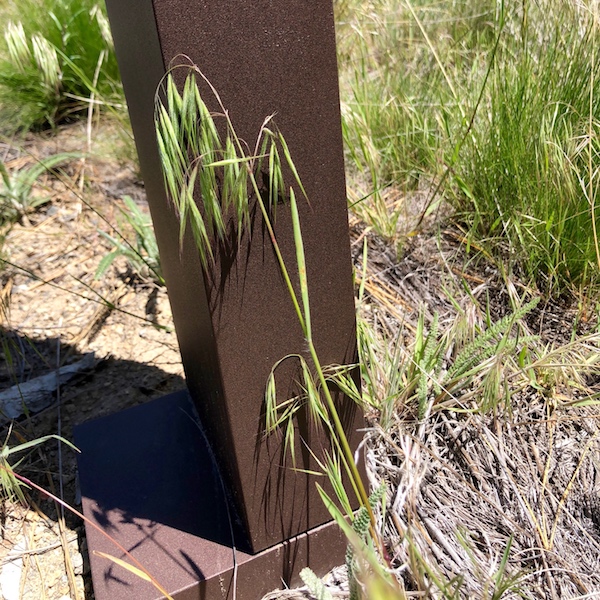Our Land
Our 22-acre parcel (half in the city, half in the county) allows us to be closely connected with nature. We sit on a volcanic substrate of welded tuff, the same rock used in our building. We are in a transition zone between Ponderosas and the sagebrush, bitter brush, and rabbitbrush of the high desert. Deer, rabbits, owls, hawks and other wildlife are seen regularly. A walking and biking path cross our land through a grove of old trees on the south side, westward to an extensive mountain biking trail network in Deschutes National Forest, eventually leading to the Three Sisters Wilderness. Another path borders our land on the north and connects to booming neighborhoods, schools, and biking trails.
“Respect for the interdependent web of all existence of which we are a part.”
In keeping with our 7th principle and respecting the interdependent web of all existence, we are restoring our land and wildlife habitat. Congregants have put up about ten bird nesting boxes. Our land is known now as a "hot spot" for Lewis's Woodpeckers. We have built a trail loop leading to our labyrinth and beyond, with the intention of developing it into a nature trail. The Sunday meditation group uses the trails and labyrinth during good weather. Our space gives us ample opportunity to dream and expand in the future.
Wildflowers
"Wildflowers of the Week" is a series of descriptions and photos of the wildflowers found on our land. This is a selection of a few of the showiest species. The entire collection to date is in a binder at the kiosk or in the library and will be available here soon. Click on photos below for description, habitat, Native American uses, and pollinators. These are in approximate order of bloom, with the Sand Lily appearing first, usually in April, and Gray Rabbitbrush in August. (Photos by Duncan Brown)
Birds of UUFCO
For a list of birds observed on our land or flying over, see Bird Sightings. A checklist of Birds of UUFCO is available as a brochure at UUFCO and as a PDF here. (Photos by Grace Kennedy.)
Invasive Weeds of UUFCO
Our intention is to enhance the native vegetation on our land. That means removing invasive weeds when they appear. This is a new section on our website and will be expanded to include more information so that they are easily identified. Our focus this May/June is pulling Cheatgrass before the seeds fall.


